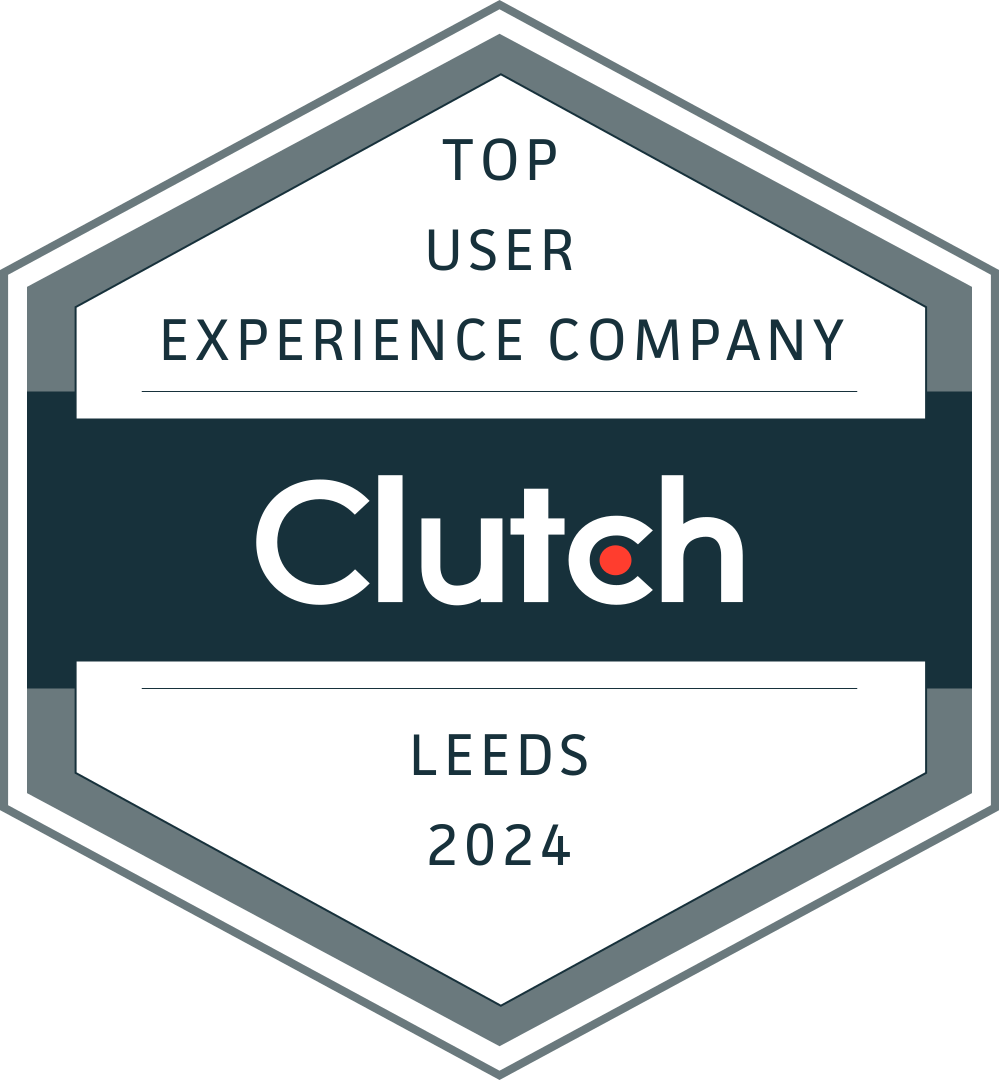SERVICES
Experts In User-Centered Research, Strategy, And Design

We partner with product teams across diverse sectors to design engaging, valuable, and desirable digital products, together.
Our Expertise
UX Strategy
Crafting prioritised and effective roadmaps that guide your digital journey to success.
User Research
Gaining insights from your users for informed decision-making and product roadmaps.
UX Design
Designing intuitive and delightful user experiences.
UI Design
Creating visually stunning and intuitive interfaces that captivate your audience.
Product Design
Expertly blending UX and UI to craft user-centric products that resonate.
User Testing
Iteratively refining your products based on user feedback.
WAYS OF WORKING
Projects & Outcomes
UX Contractors
UX & Product Consultancy
OUR CLIENTS
Common Solutions
Design A New Product
CHALLENGE
“We have a brand new product that needs designing.”
SOLUTION
We work collaboratively with you to design exceptional products that delight users and achieve your digital ambitions. A low risk approach to product design.
2-4 Months
Find & Hire UX Contractors
CHALLENGE
“We need additional expertise to bridge skill gaps and add capability.”
SOLUTION
We provide flexible expertise to dynamically scale your team to bridge skill gaps and ultimately enabling you to deliver exceptional product experiences at pace.
3 MONTHS +
Create A Product Brand
CHALLENGE
“We need to develop/refresh a brand identity for our product”
SOLUTION
We provide a complete branding solution for digital products, from strategy and naming to visual identity and UI integration, ensuring a cohesive and impactful brand experience.
1-2 MONTHS
Generate User Insight
CHALLENGE
“We need to understand what our end-users want and how we can improve our product.”
SOLUTION
We uncover actionable customer and end-user insight that helps to inform decision making and create the foundation for effective product roadmaps.
1-3 Months
Prototype & Validate Ideas
CHALLENGE
“We want to rapidly visualise and test our ideas.”
SOLUTION
We rapidly bring new propositions and product ideas to life through shareable concept designs, mock-ups, and interactive prototypes – getting your idea in front of customers and internal stakeholders for rapid validation and testing.
2-4 Week sprints
Modernise An Existing Product
CHALLENGE
“We have an existing product that we need to modernise, improve, or update.”
SOLUTION
We help you to modernise, optimise, and improve your existing UX/UI to be more engaging, competitive, and valuable to your end users.
1-3 Months
Audit An Existing Product
CHALLENGE
“We want to audit our existing product(s) to uncover opportunities to improve.”
SOLUTION
We effectively uncover opportunities enhance your digital products through expert UX audit program, identifying usability issues and improvement opportunities. Our detailed reports and actionable recommendations help refine the user experience of your products, ensuring seamless interactions for your customers and efficient processes for your team.
2-4 Week sprints
What Makes Us Special?
User-first, not tech- first
Experts working with Experts
Empowering clients
WHAT OUR CLIENTS SAY
LION+MASON made it feel like we had a dedicated expert within our team. They instantly understood the core challenge, and their regular communication enabled stakeholders to be involved at the correct points. We will definitely look to re-engage on future projects.”
Harley Davidson
Working with LION+MASON is a great experience. They go above and beyond to ensure that each project is successful, even when products are complex and innovative. We highly recommend L+M as an experienced and reliable partner.”
Cambridge University Press
LION+MASON delivered a simple user experience with an easy-to-use UI design. They impressed with their flexibility, communication, and delivery.
Barnett Waddingham
The team’s creative ideas and proactive approach impressed me throughout. We’ll definitely look to engage with on future projects.
Sheffield Hallam University
LION+MASON had a flexible, collaborative approach tailored to our unique culture. Their team developed strong relationships with our users, ensuring they felt invested in the project.
Mediasense
We’re rated as one of the top UX + Product Design Consultancies in the UK.





